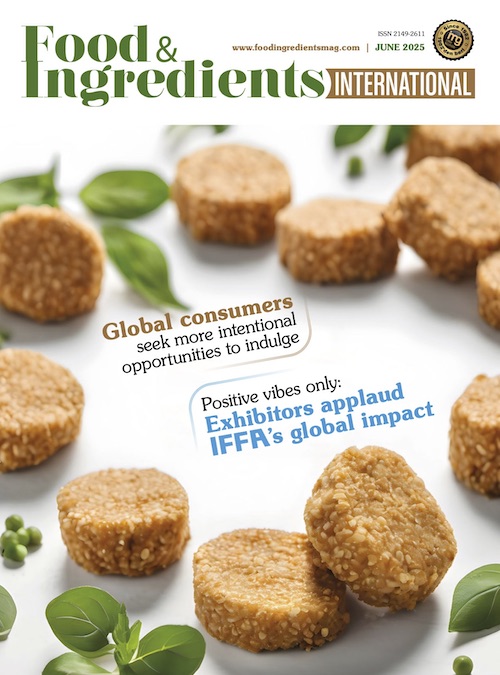Data Bridge Market Research analyses that the yeast market was valued at USD 4.63 billion in 2021 and is expected to reach the value of USD 6.75 billion by 2029, at a CAGR of 8.7% during the forecast period of 2022-2029.
Yeasts are unicellular eukaryotic fungi that have a completely different mechanism than bacteria and other prokaryotic microorganisms. Yeast contains nearly all of the organelles found in a mature eukaryotic cell. The most important are the nucleus, golgiapparatus, mitochondria, endoplasmic reticulum, vacuole, and cytoskeleton. The particle size of yeast cells is typically 510m. Budding and, on rare occasions, fission are the primary modes of reproduction. Cell morphology, physiology, immunology, and molecular biology techniques can be used to identify and characterise yeast. Yeast’s natural habitat may include soil, water, plants, animals, and insects, with plant tissues serving as a special habitat.
The rising demand for yeast from end-user industries such as food and beverages is fueling the market’s expansion. Bakers yeast has a large market because it is widely used to improve the quality of bakery goods. Because of the increased consumer preference for convenience and packaged food products, the use of compressed yeasts in the bakery industry is growing at a faster rate.
The rise of urbanisation and Western culture has resulted in an increase in demand for bakery products. The demand for yeast is being driven by the enrichment of animal feed products and rising alcoholic consumption.



















